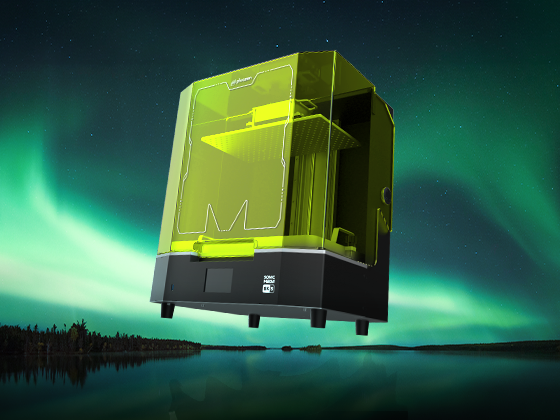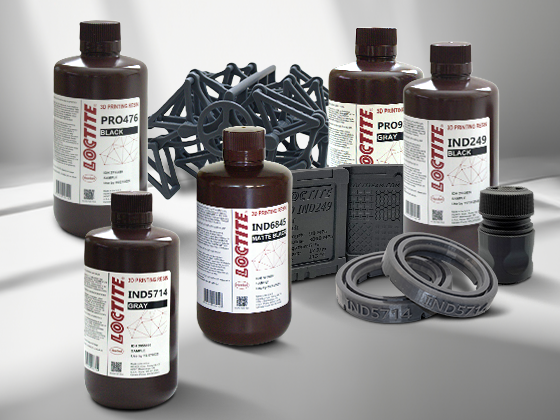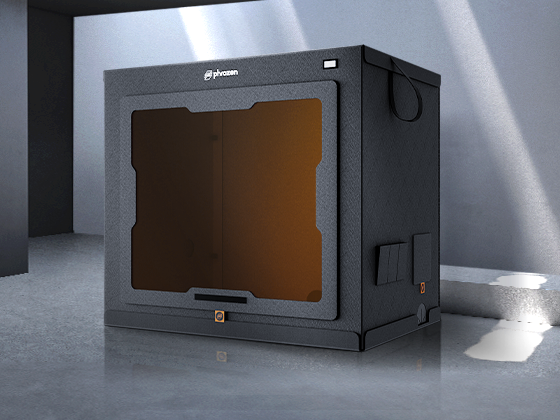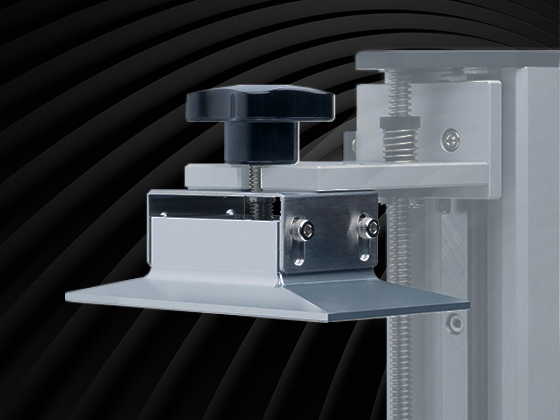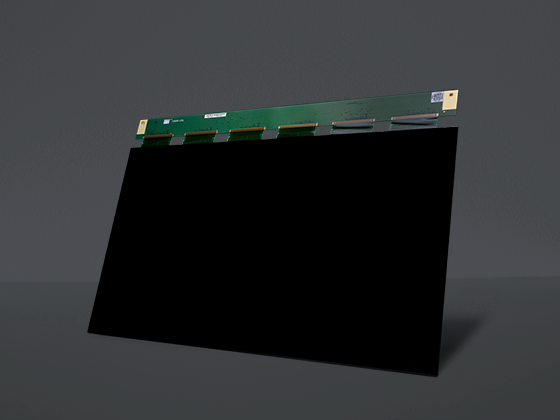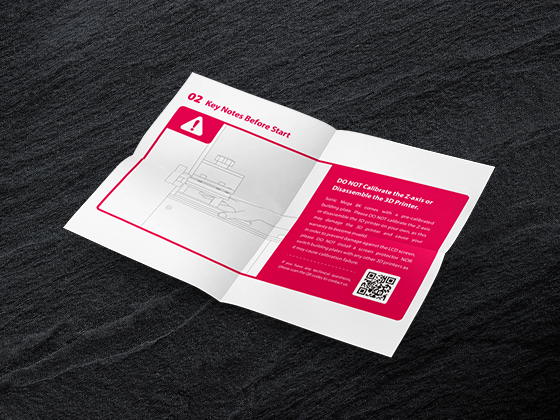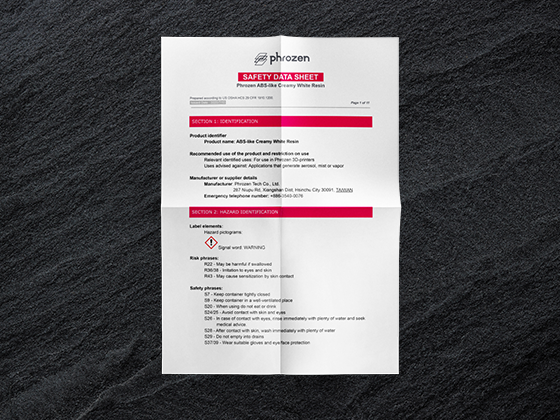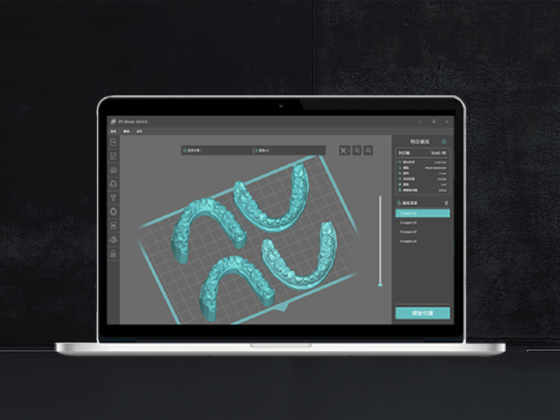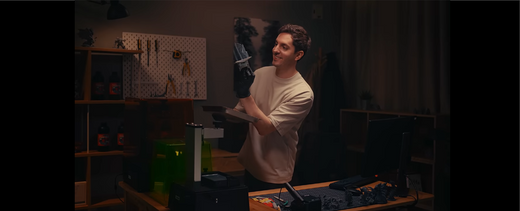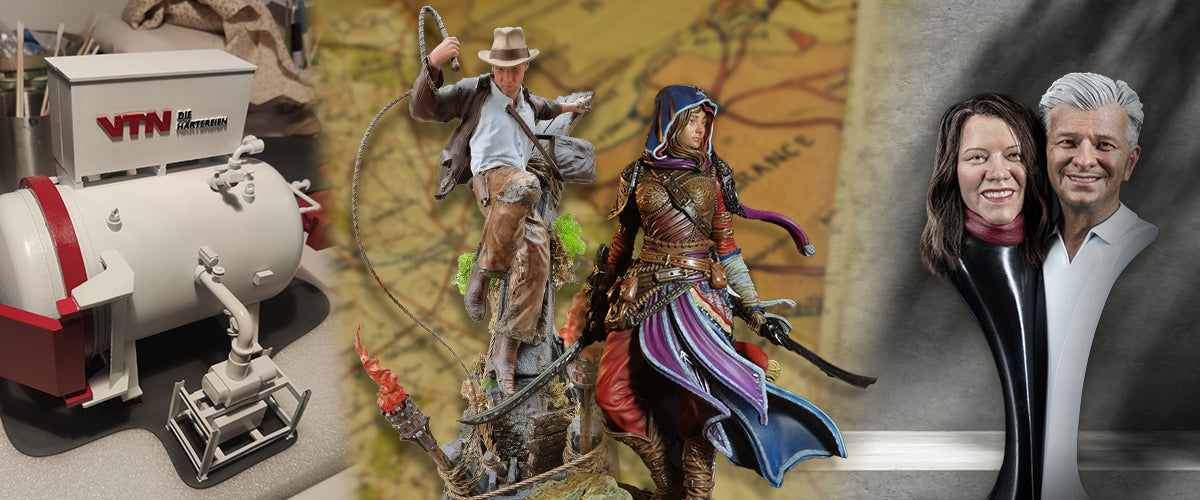Among the myriad technological advancements, 3D printing has emerged as a game-changer, especially in the context of college education. Its ability to bring ideas to tangible reality is not just revolutionizing the learning process but also proving to be a cost-effective solution for students and educational institutions alike. The impact of 3D printers in reducing material costs for college projects is significant, marking a shift towards more accessible and affordable education.
The affordability of 3D printing marks a significant stride in the domain of academic research. Students and researchers, often navigating the constraints of tight budgets, find a valuable ally in this technology. In parallel to how students in search of economical academic assistance opt for services like essay writing services to help them with their complex research projects, 3D printing emerges as a cost-effective solution for the creation and testing of models, tools, or any other physical resources indispensable for thorough research endeavors.
This shift is particularly relevant in fields such as engineering, architecture, and the arts, where traditional methods of creating models or prototypes can be prohibitively expensive. However, with 3D printing, students working on engineering prototypes or architectural models can now create accurate and detailed representations without incurring the high costs of traditional manufacturing methods. Let’s dive deeper into the possibilities of 3D printing in education.
The Economics of 3D Printing in Education
The financial aspect of 3D printer education cannot be overstated. Traditional methods of creating prototypes or models in educational settings often involve expensive materials and tools, not to mention the costs associated with mistakes or redesigns. 3D printing, on the other hand, utilizes materials like polylactic acid (PLA) or acrylonitrile butadiene styrene (ABS) plastics, which are significantly more affordable. Additionally, the precision of 3D printing in education reduces waste, as materials are used only where necessary, and errors can be corrected digitally before printing.

Moreover, the scalability of 3D printing projects aligns perfectly with educational budgets. Small-scale models can be created at a fraction of the cost of full-sized versions, making it feasible for students to work on multiple iterations of a project without financial strain. This scalability not only saves money but also encourages a trial-and-error approach, which is essential for learning and innovation.
In terms of long-term investments, universities and colleges incorporating 3D printers for education into their facilities are witnessing a substantial reduction in the overall costs of project materials. By centralizing the resources, institutions can provide wider access to students across various departments, further democratizing the learning process. This centralized approach also fosters interdisciplinary collaborations, as students from different fields can work together, sharing resources and ideas.
Enhancing Learning and Innovation
The impact of 3D printing on education extends beyond just cost savings; it also enhances the learning experience through the use of 3D printer for education. Students can bring their designs and concepts to life, giving them a clearer understanding of the practical aspects of their projects. This hands-on experience is invaluable, as it bridges the gap between theoretical knowledge and practical application.

For instance, in medical education, 3D-printed models of organs can provide medical students with a tangible understanding of human anatomy. Similarly, in mechanical engineering, students can design, print, and test parts of machines or vehicles, gaining insights that are impossible to acquire from textbooks alone.
The flexibility of 3D printing allows for customization and creativity. Students can modify designs according to their project requirements, experimenting with different materials and structures. This flexibility fosters creativity and encourages problem-solving and critical thinking skills, essential competencies in any field of study.
Preparing Students for the Future
Incorporating 3D printers into college education also prepares students for future careers. As industries increasingly adopt this technology, having hands-on experience with 3D printing becomes a valuable skill in the job market. Students familiar with modeling and printing are better equipped to enter fields such as manufacturing, design, engineering, and healthcare, where this technology is rapidly becoming standard.
Challenges and Considerations
While the benefits of 3D printing in education are numerous, there are challenges to consider. The initial cost of purchasing and maintaining such printers can be high for some institutions. Additionally, there is a learning curve associated with using this technology effectively. Adequate training for both students and faculty is essential to maximize the benefits of 3D printing in educational projects.
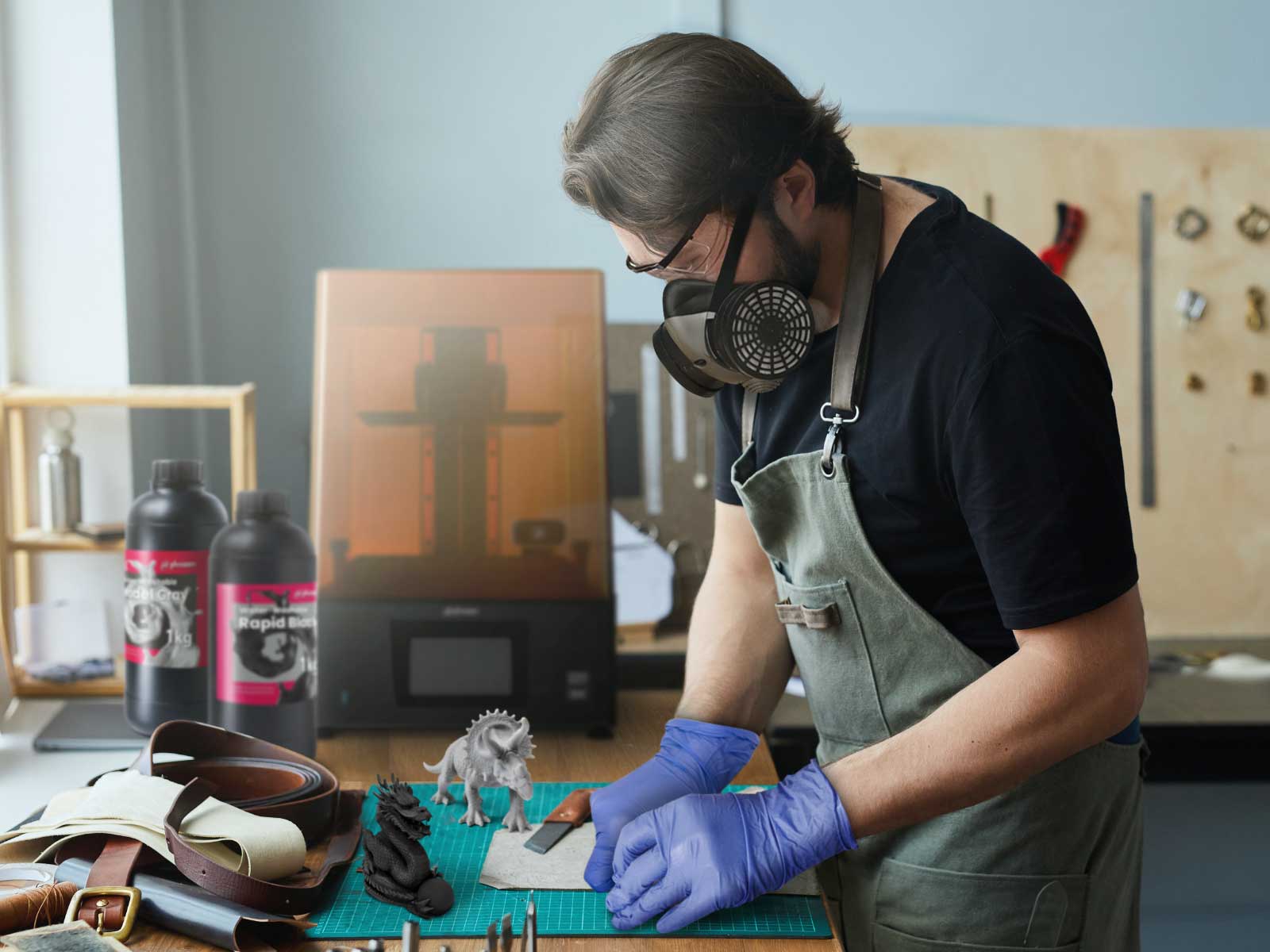
Bridging the Gap Between Different Disciplines
One of the most exciting developments is how 3D printing is fostering interdisciplinary collaboration. Engineering students can collaborate with those in the arts to create aesthetic yet functional designs, while students in archaeology or history might work with printing experts to recreate historical artifacts.
This intersection of disciplines enriches the educational experience and mirrors the collaborative nature of the modern workplace.
Preparing for Ethical and Practical Challenges
As with any emerging technology, 3D printing presents a set of ethical and practical challenges that students must be prepared to navigate. Intellectual property concerns, for instance, are paramount when replicating designs. Students learning to use printing technology must also be aware of and address these issues, preparing them for responsible and ethical professional practices.
The introduction of 3D printers in educational settings is a testament to the ever-evolving landscape of learning and technology. This innovation has not only made education more accessible by reducing material costs but also enhanced the overall learning experience for students. From fostering creativity and practical skills to preparing students for future technological advancements, 3D printing holds immense potential in shaping the future of education.
As educational institutions continue to embrace this technology, navigating the challenges and maximizing its benefits responsibly is essential. The integration of the best 3D printer for education into college projects, facilitated by the expertise of an essay composer, is a step towards a more innovative, cost-effective, and practical approach to education, aligning with the needs and realities of the modern world.


